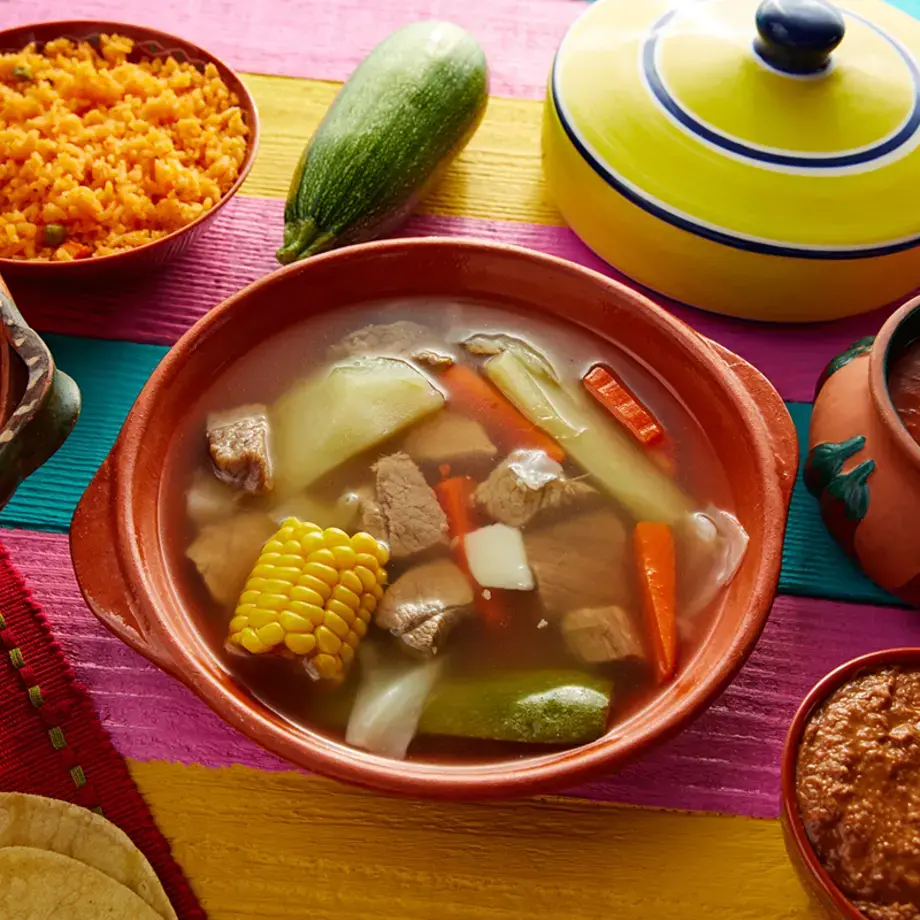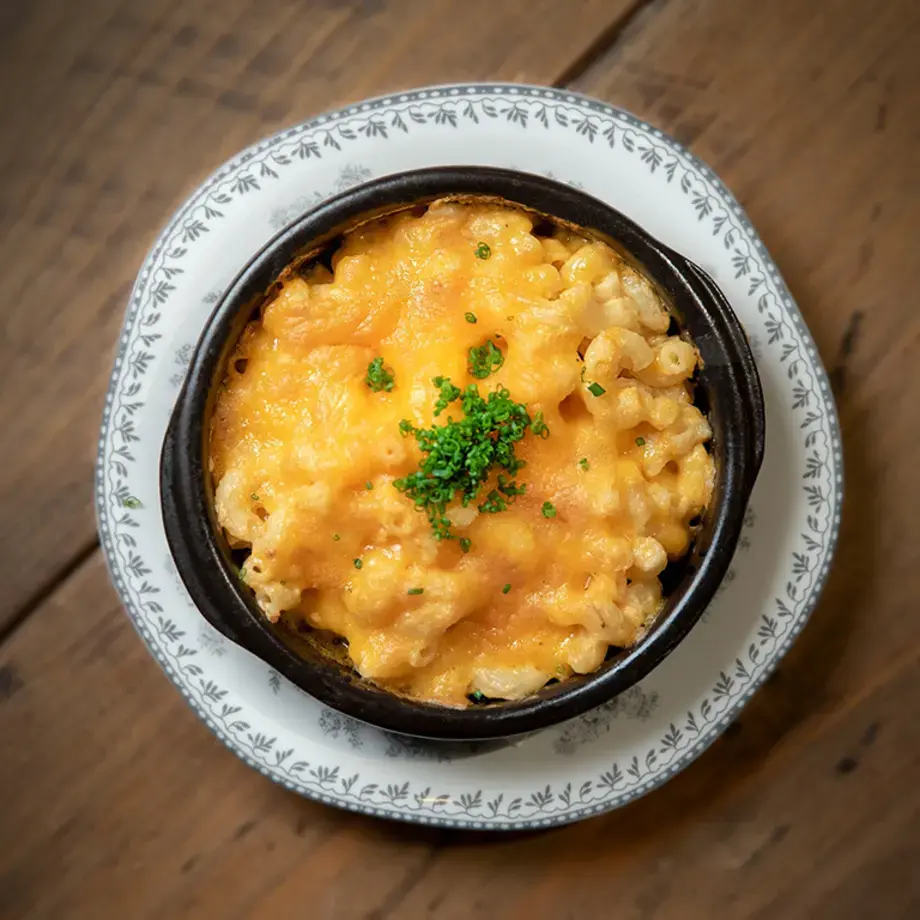
© Shutterstock
Shirred eggs
Salted butter: to grease ramekin
Eggs: 2
Heavy cream: 1 oz/2 tbsp
Sea salt: to taste
Black pepper: to taste
Parmesan cheese: 0.5 oz/1 tbsp, grated
Chives: 0.2 oz/1 tsp, minced
Master the art of making shirred eggs with our simple recipe. Perfect for breakfast or brunch, learn to cook this classic egg dish to perfection.
Shirred eggs are a brilliant way to improve your egg repertoire. They are also far more elegant than serving a helping of scrambled eggs to guests for brunch at home or for serving a special someone breakfast in bed. Read on below to learn how to make shirred eggs in your kitchen at home.
Method
Preheat the oven to gas mark 5, 375°F/170°C fan (or 190°C conventional). Then grease a ramekin with butter.
Crack the eggs directly into the greased ramekin. Then pour in the heavy cream, carefully around the yolks, and very gently nudge the yolks into the center of the ramekin. Take care not to break the yolks whilst doing this.
Season with salt and black pepper to your taste, and then sprinkle the grated parmesan cheese across the top of the eggs and the cream.
Place into the oven, and bake for around 10 minutes, until the egg whites no longer appear transparent, but still have a slight jiggle when moving the ramekin.
Remove from the oven, and let rest for a couple of minutes prior to serving. Garnish with the minced chives, and serve with a plate of warm crusty bread on the side.
Tips & tricks
Firstly if you’re asking the question, “What are shirred eggs”, this dish is more commonly known as baked eggs, but takes its name from the flat-bottomed dish they are traditionally made in, known as a 'shirrer'. In our shirred eggs recipe, we recommend preparing the ramekins with butter to ensure that the bottom and the sides of the ramekin dish are fully coated, so you can easily extract and enjoy your shirred eggs. We’ve also suggested that you make sure the yolks are surrounded by the cream to envelope them and firm up in the oven. This technique has its roots in French cuisine, as a well-known method of slow baking eggs in cream to create a custard-like texture and consistency. The cream prevents the eggs from drying out in the oven and the parmesan cheese that’s used for the topping helps to form a crust.
For the eggs, if you’d prefer really runny yolks, it’s best to use the eggs straight from the fridge. The cold temperature of the eggs prior to cooking slows down the baking process to leave you with runnier yolks. When choosing your eggs, there’s no difference between using brown or white eggs when it comes to the overall taste and final presentation. There are common misconceptions that brown eggs are better as they tend to be more expensive, but the two can be used interchangeably in the recipe depending on the eggs you’d prefer. In our recipe we’ve shared a baking time that’s ideal for a runny yolk in the final dish, but for more information on cooking times for eggs you can find out more in our helpful article on egg cooking times.
We’ve included chives as the traditional herb found in shirred eggs, but it’s completely possible to vary this herb for thyme, tarragon, or rosemary depending on your flavor preferences.
How to serve them
Shirred eggs can be enjoyed hot from the oven with a serving of crusty, warm bread alongside to dip into the yolks and cream. However, if you want to offer guests a more filling brunch serving, shirred eggs are perfect alongside smashed potatoes or a creamy potato salad, for a lunchtime pairing. Fried mushrooms and spinach in garlic are also a tasty accompaniment, and quick and easy to make whilst the eggs are baking in the oven.








